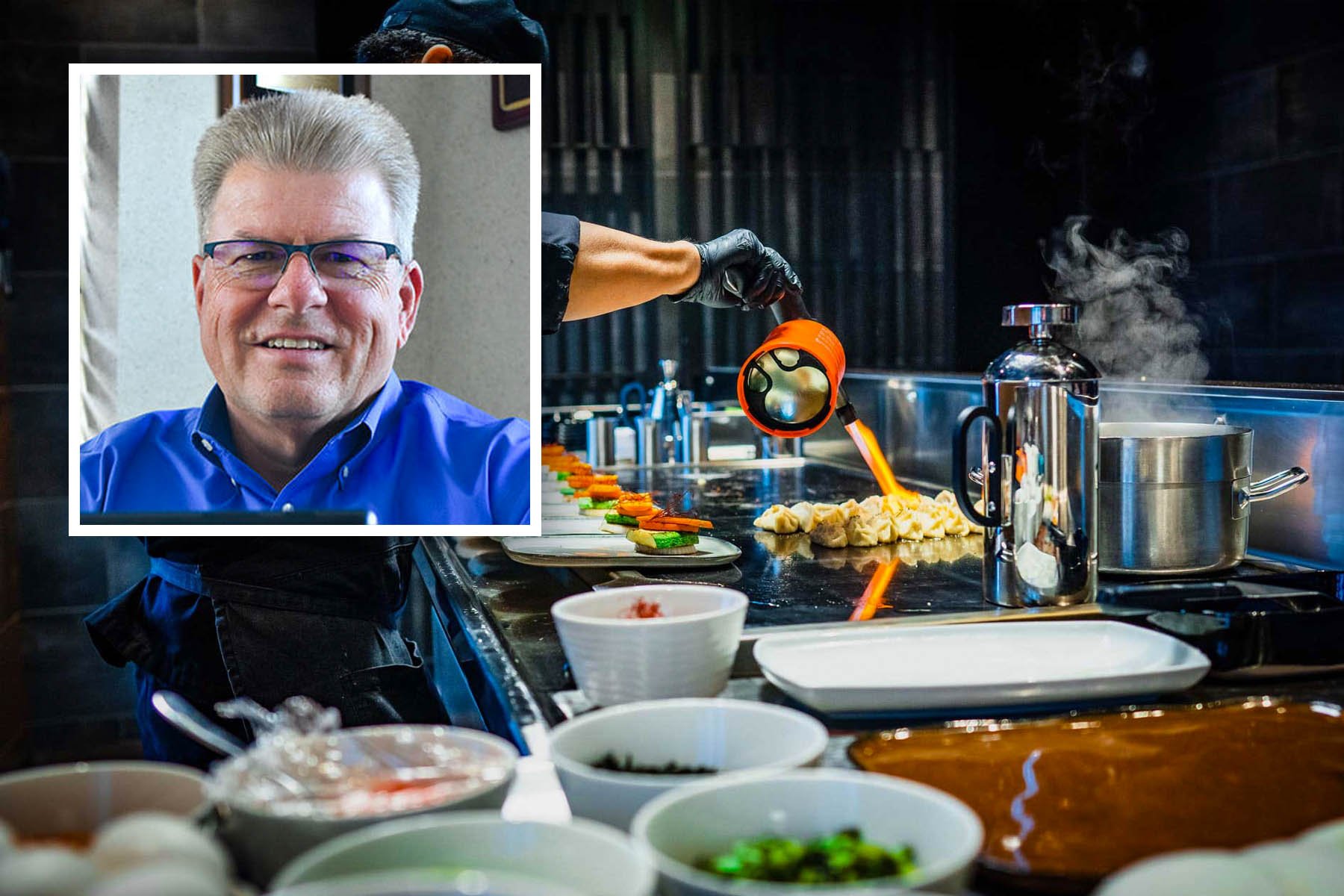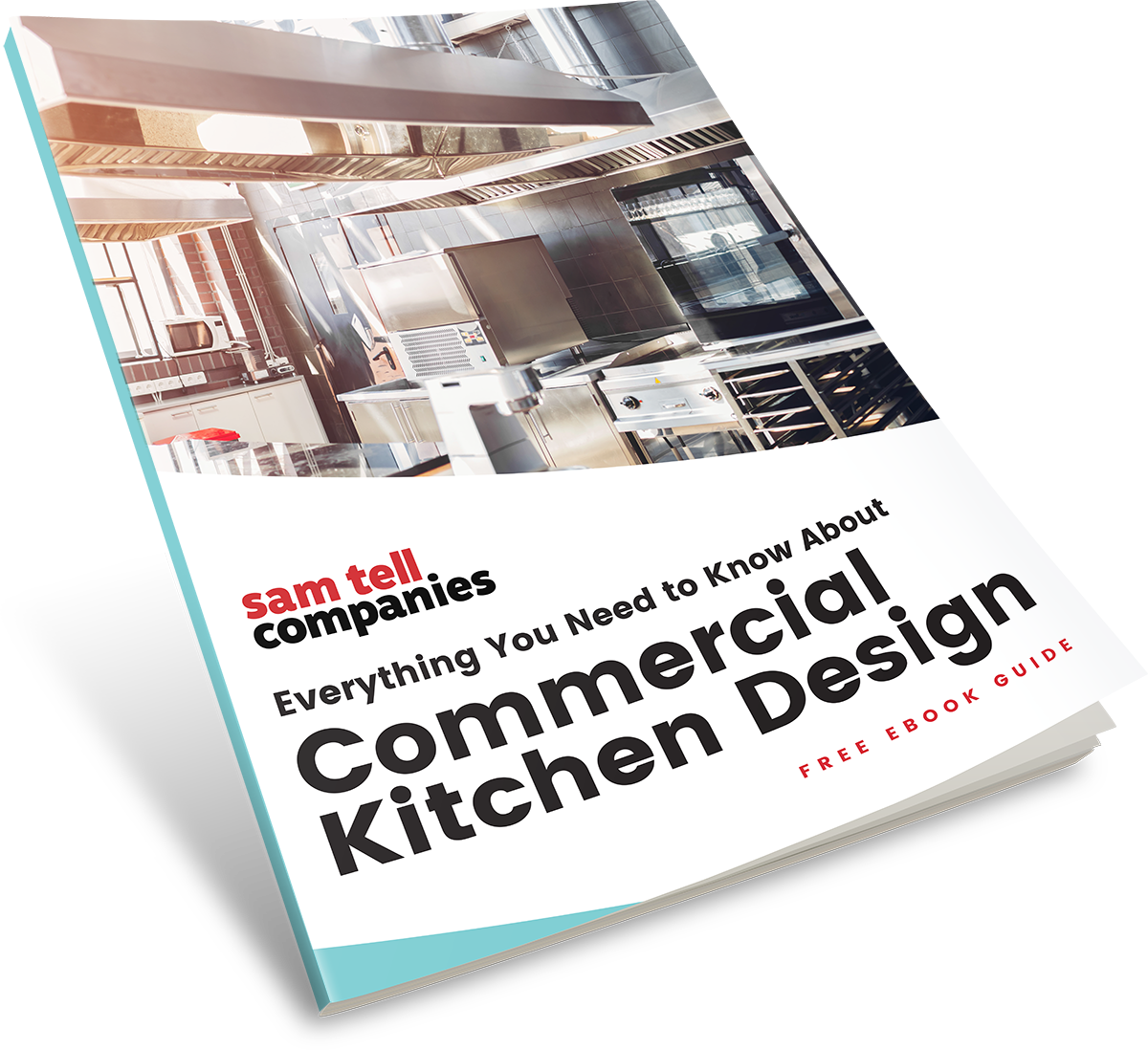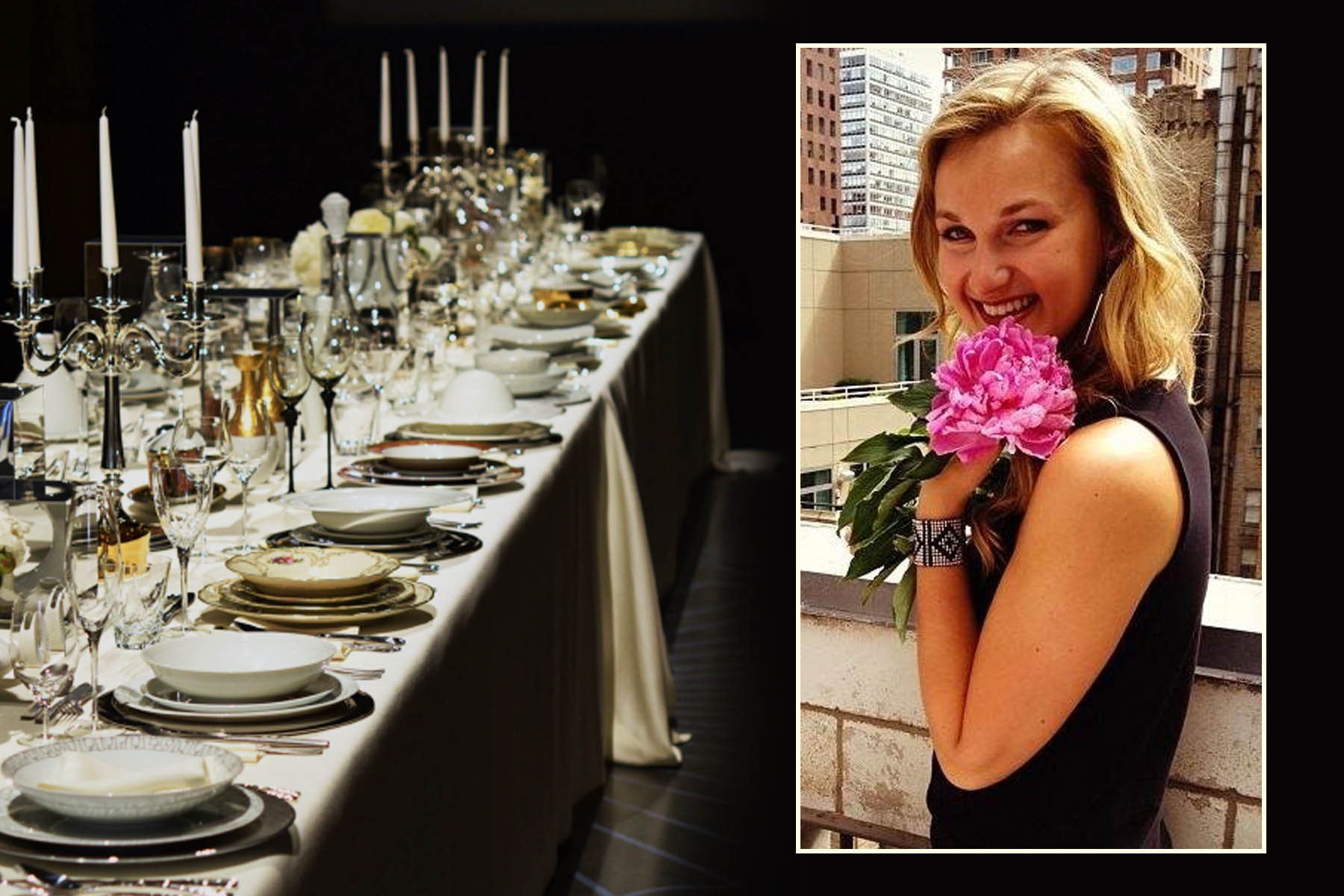For decades, New York City restaurants have been on an all-encompassing mission to solve their own private energy crisis. Coupled with a severe lack of space in their kitchens, loss of energy seriously hampers a restaurant’s ability to prepare and serve food in a way that doesn’t burn their bottom line.
Ed Pecinka Jr., President of Pecinka Ferri Associates, knows how crucial every single heat unit is inside of a NYC restaurant kitchen. Here, he sits down with Sam Tell for a stirring conversation surrounding the ins and outs of energy efficient kitchen equipment, from the pieces you absolutely must have to how rebates make such equipment more cost effective than ever.
Sam Tell: How can NYC restaurants meet the demands of an industry where energy costs are rising and kitchen space is shrinking?
Ed Pecinka Jr.: I think that part of the issue in New York City is that there is a lack of gas, and so a lot of restaurants are having to look at electric equipment. Because of that lack of gas, energy efficient equipment makes more sense because it uses less gas to do the same thing. The other thing that they can do is they can take a look at ventless equipment, rapid cook-type equipment like TurboChef, which doesn't require a hood and allows you to rapidly cook and re-therm product. The other types of appliances that they can look at are hybrid appliances like combi ovens or ovens that utilize steam in cooking.
ST: What are some of the restaurant kitchen appliances that consume the most energy?
EP: The appliance that uses the most energy is the range, the stove. Unfortunately, it's not an Energy Star-focused product. In ranges and in stoves, people want the most energy possible—the most BTUs possible—in order to get the best recovery. Just throwing BTUs at a six-burner range doesn’t necessarily mean that the range is efficient. It's the way that the energy is used. There are stoves that have different types of burners that will produce more, utilizing the energy the best way.
ST: What are some surprising facts about energy efficient equipment that NYC restaurateurs might not know?
EP: Probably the biggest misconception about energy efficient equipment is that less BTUs means less production and less recovery. With open flame units, char broilers, and things like that—there are many manufacturers who have been tasked with making that equipment more energy efficient. So, in fryers, convection ovens, and combination ovens, they have been able to get the amount of energy used down 15 to 20% without a dip in production or recovery. And how do they do that? Basically, in a fryer, it’s taking that energy—that flame—and keeping it in the fry tube, transferring it into the oil quicker.

ST: How has energy efficient restaurant equipment improved over the years?
EP: It's just constant improvement. Manufacturers are constantly looking to improve their products and make them more efficient. When I started in the industry, a convection oven had 140,000 BTUs, now it's got 45 to 60,000 BTUs. And that equals more savings through less gas usage. What I think a lot of manufacturers have done as well and what we are what we are seeing in the current supply chain environment is manufacturers are sourcing different and better installations from domestic manufacturers and they are finding that by better insulating their their product, they're keeping the heat inside—this helps with the recovery of the product.
ST: What do you mean exactly when you say recovery?
EP: If I take energy and I put it into a piece of equipment, I want that energy to stay in the piece of equipment and transfer into the food, the water, the oil—whatever is being heated up. And without proper insulation, that energy will just dissipate out the sides and it will dissipate out the back. The insulation is what keeps the energy in the product.
ST: What are some of the most popular pieces of energy efficient equipment you are most excited to tell restaurants about?
EP: Convection ovens, fryers, combi ovens, and steamers. On all those products, the amount of rebate dollars that are available to a customer, on a new purchase or an upgrade, are significant. You're talking about from $1,000 up to $2,500 per section of equipment. So a double Energy Star steamer that's going to cook 10 pans of product, will return a $5,000 rebate on purchase.

ST: How do utility rebates help restaurants deal with the high cost of running a NYC kitchen?
EP: It's the best of both worlds. Not only does it give them a new appliance that has the latest energy efficient technology, it's going to save them fuel costs. If they're replacing equipment, it's an immediate savings to their bottom line. If they're opening up a new restaurant, it’s giving them the best efficiency from the start. And in most cases, energy efficient equipment is a more high-end piece of equipment than an entry level, economy piece of equipment. In other words, energy efficient equipment is built for the long haul, they are built to last. Energy efficient equipment also, oftentimes, offers better warranties and extended warranties because of the high quality vs. a more economic piece of equipment. So, with the rebate, you’re able to get a better piece of equipment at an economical price.








